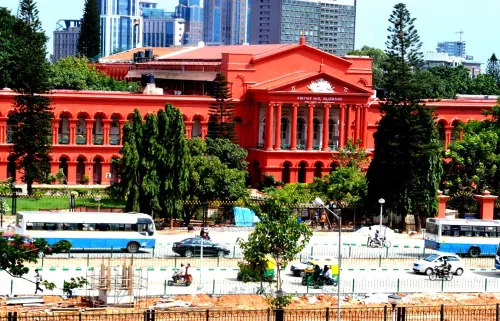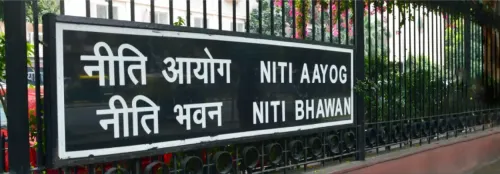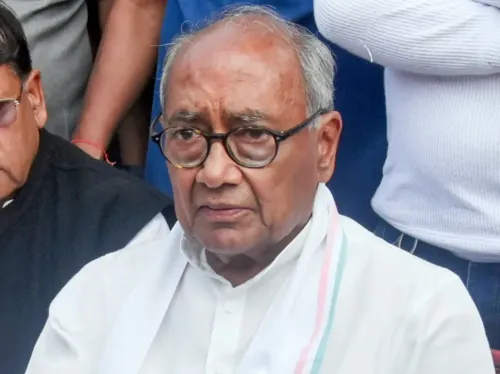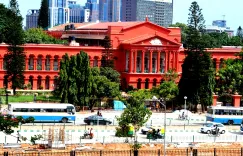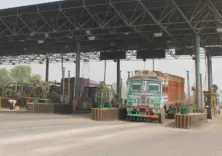What Contrasts Emerge in Kashmir 26 Years After Kargil?
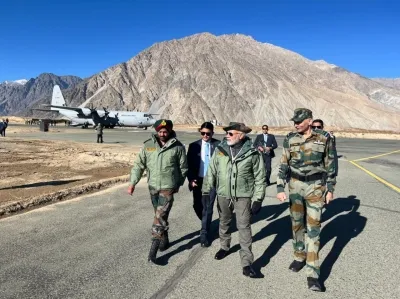
Synopsis
Key Takeaways
- Jammu and Kashmir has seen remarkable development since 2019.
- Literacy rates have improved significantly, especially among girls.
- The region has become a hub for tourism and entrepreneurship.
- Contrasts exist in governance and civil liberties across the Line of Control.
- PoJK and PoGB face challenges of poverty and repression.
New Delhi, July 25 (NationPress) As India commemorates the 26th anniversary of Kargil Vijay Diwas, the narrative surrounding Kashmir has evolved beyond mere territorial disputes and conflicts. It has transformed into a story of progress, distinctly separating Jammu and Kashmir from Pakistan-occupied Jammu and Kashmir (PoJK) and Gilgit-Baltistan (PoGB) like never before.
In the summer of 1999, Indian forces successfully expelled Pakistani intruders from the frozen heights of Kargil. This marked a significant military achievement; however, two and a half decades later, the true victory lies in development and respect.
Presently, the Jammu and Kashmir region has undergone a remarkable transformation — with militancy at its lowest levels, youth empowerment on the rise, and infrastructure flourishing — while PoJK and PoGB continue to suffer under oppression, poverty, and neglect.
Since the abrogation of Article 370 in 2019, Jammu and Kashmir has witnessed unparalleled advancements. Initiatives such as smart city projects in Srinagar, the all-weather Zojila Tunnel, an upgraded Kargil airport, and new campuses for IIT and NIT have redefined the region.
The literacy rate now exceeds 67%, with notable increases in enrolment and female education. In 2024, over 1.8 million tourists visited, and international events like the G20 summit in Srinagar have repositioned the Valley as a center of opportunity. Young individuals from Kupwara to Pulwama are emerging as entrepreneurs, athletes, and innovators.
New icons are emerging, from Olympian Arif Khan to renewable energy advocate Zahoor Ahmad. The enrolment rate in education, particularly for girls, is consistently rising.
Conversely, on the opposite side of the Line of Control, PoJK and PoGB remain mired in infrastructural decline, experiencing frequent blackouts and economic disadvantage.
The China-Pakistan Economic Corridor (CPEC) projects, often touted as transformative, have primarily benefitted the military elite.
Access to clean water, jobs, and healthcare remains limited. In July 2025, state employees protested over unpaid salaries, only to be silenced through intimidation.
Civil liberties are nonexistent in this region. Dissent is suppressed under constitutional restrictions, regional languages like Balti and Shina are fading in favor of Urdu, and youth are increasingly drawn toward radicalization due to a lack of education and job prospects.
Today, the Line of Control divides not just land but presents two contrasting governance models.
One nurtures futures; the other suffocates them under geopolitical strife. Kargil was India's military triumph in 1999, but by 2025, it symbolizes a moral and developmental triumph — evident in the soaring aspirations of its populace and the profound silence across the border.


